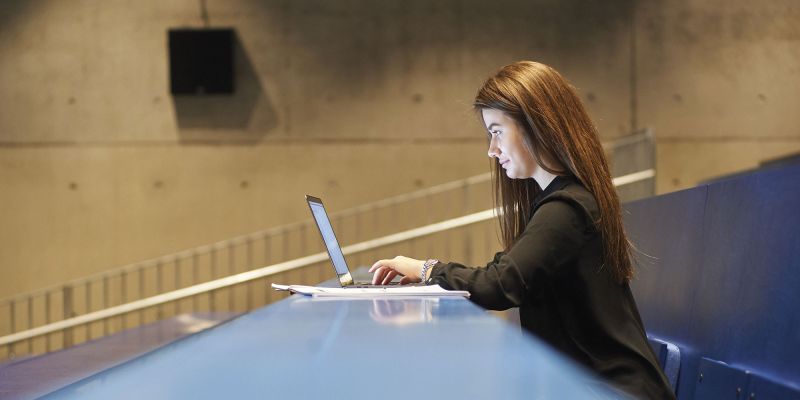Digital capabilities are the skills which equip someone to live, learn and work in a digital society, and Digital Wellbeing is the impact technology and digital services have on people's mental, physical, social, and emotional health.
The IT and Library Team have put together these tips and recommendations for getting the most out of Microsoft 365 and Teams to help improve our digital practices for better wellbeing.
Respect your and others’ time
Email etiquette
To minimise the time your message will take to process, include your question or the section under discussion in the email instead of in the attachment or buried down the email chain. Be clear and concise and separate important information from the rest of the text.
If your email message can be expressed in half a dozen words, put it in the subject line followed by EOM (End of Message). This saves the recipient having to open the email to read it. Ending a note with “No need to respond” or “NNTR” can also be helpful.
Managing outside of 'working hours'
Try not to send emails at weekends, when you are on leave, or on weekdays before 8am or after 6pm. The Outlook scheduling feature allows you to set emails to be sent at a planned time, so consider using this if you are working outside these hours.
Set realistic deadlines for any response and make it clear to email recipients that they are not expected to reply outside their working hours. Use an email footer to indicate this, for example; 'You may receive this email outside of normal working hours. Please note that there is no expectation for you to read or respond to my email outside of your normal working hours, during annual leave or on days you are not contracted to work.'
Add breaks between meetings
Lurching straight from one online meeting to the next isn't good for anyone. Update your Outlook setting to end your meetings a few minutes early, or to start a few minutes late. Combined with the new Five Minutes Left alert in Teams, this should give your attendees a chance to make a cuppa or have a comfort break before their next appointment.
Reduce the Digital Deluge and Distraction
Using Outlook Rules
Use Outlook features to manage your inbox. Use Rules to filter non-urgent emails into folders to be read later, this will reduce the number of email alerts you receive. Microsoft have produced a guide to Best Practices for Outlook, which lists a wide range of options to help you manage your time and inbox effectively.
Focus time
Consider reserving 'no email' time in your diary each day or week, and setting your status in Teams to Do Not Disturb will stop notifications popping up and can help avoid digital distraction. The Viva Insights focus plan can help you set aside regular focus time. You can find out more about Viva Insights here, and you can take a look at your dashboard via Viva Insights at login.gre.ac.uk.
When is an email not an email?
We have a range of communication tools available to us. Email might be convenient for the sender, but is it the best way to get a message to the recipients? Consider using Yammer, Teams or Moodle to get messages out to groups of students and staff, especially if your message is not urgent or if collaboration is required.
If you need to get a message out to a large audience, please contact Internal Communications for advice.
Developing your Digital Wellbeing further
JISC have developed Digital Wellbeing information and briefing papers, focusing on both the positive and negative aspects of technology and digital services - and how you can improve your digital wellbeing.
Find out how the Discovery Tool can help you start building your digital skills and capabilities to prepare you for your career. To find out more check out our Digital Capabilities page.

